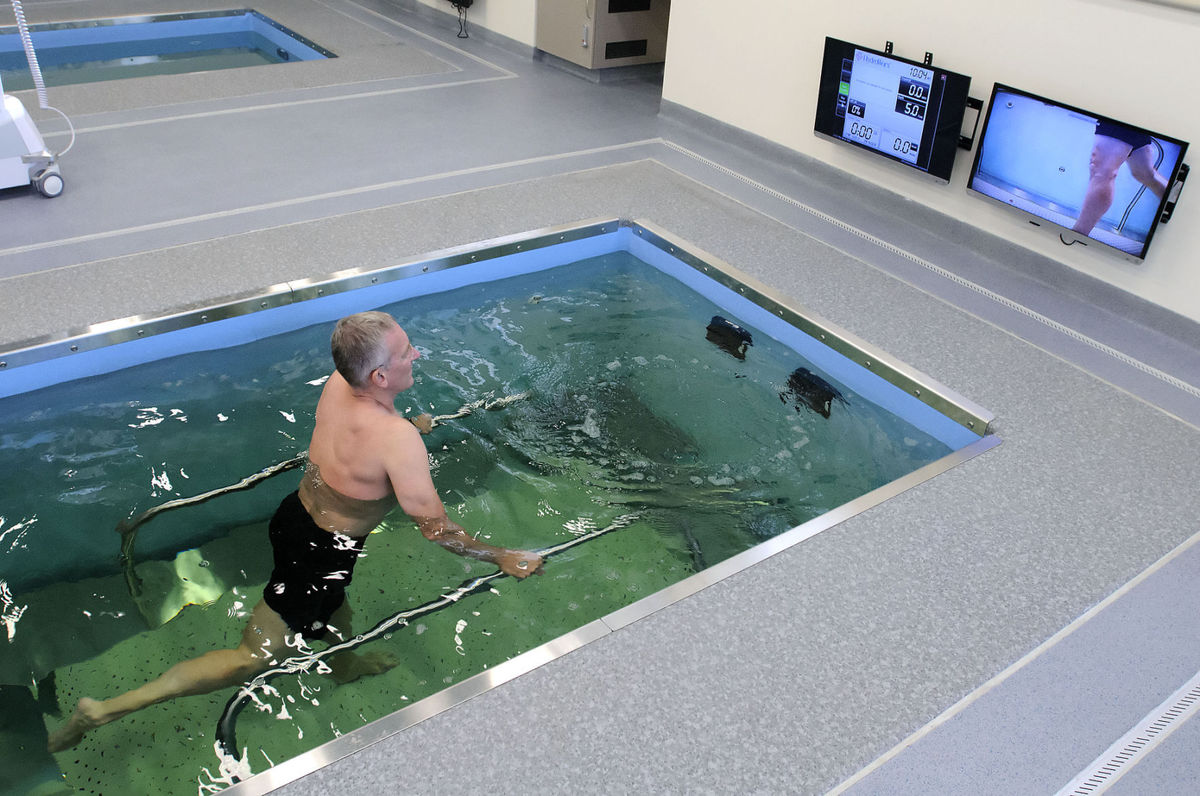Nonsurgical treatments for spinal stenosis
DEAR MAYO CLINIC: I was diagnosed with spinal stenosis about 12 years ago. I haven't had many symptoms over the years, but about six months ago I started noticing increasing discomfort in my legs. Is surgery an option to treat spinal stenosis? If not, what else can I do? The leg pain is making it hard for me to walk. ANSWER: Surgery usually isn't necessary to treat spinal stenosis. Often a combination of lifestyle changes, physical therapy and medication can effectively decrease the pain and discomfort caused by this common back problem. Spinal stenosis occurs when the open space within…


